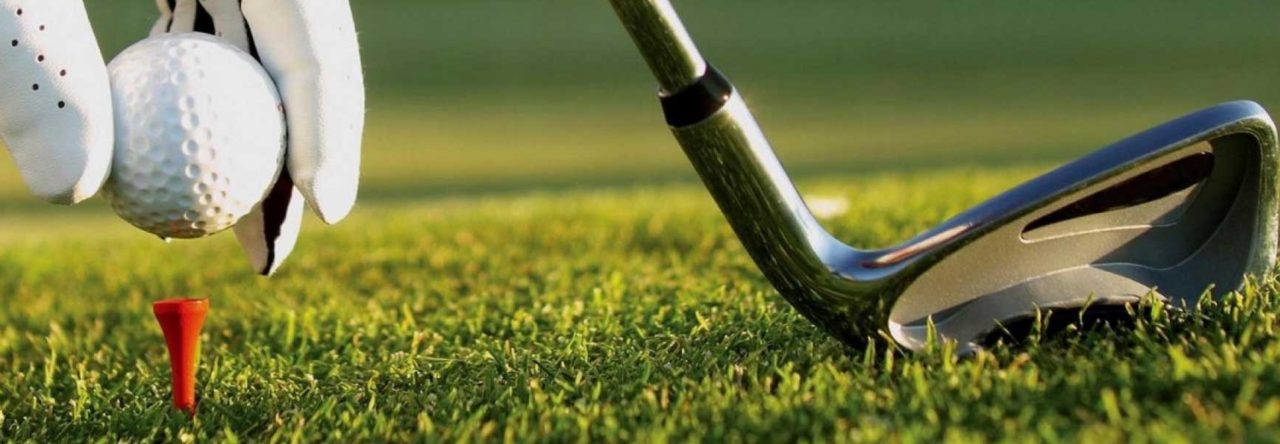Any golfer that’s stepped out on the tee before has likely hit a shot that didn’t travel straight. But how do you explain these less than ideal ball flights? After all, if you can’t hit the ball straight (join the club), you might as well sound intelligent talking about your struggles with the game, right? So let’s talk about the difference between a slice, a hook, and all the other ball flights people throw around on the golf course.

The ball flight of a slice for a right-handed golfer.
Slices, Fades, and Pushes
The slice. Arguably the most common mechanical problem in golf, but what exactly is it? And how do all these other words relate to this age-old problem?
Put simply, the slice is a ball trajectory which results in the ball curving towards the direction your body was facing when you addressed the ball (which is right for a right-handed golfer). Similarly, a fade follows the same general path as a slice, however, it’s not as aggressive of a curve. A push, by contrast, doesn’t involve a curved trajectory at all. This trajectory does result in the ball landing in a similar place as a slice or fade but instead of the ball curving to get there, the ball travels straight to the target at an angle.

The ball flight of a hook for a right-handed golfer.
Hooks, Draws, and Pulls
The next set of ball flights mimic the slice, fade, and push but are simply mirrored to the other side. For a right-handed golfer, these three shot trajectories all result in the ball traveling to the left, however, they do so in different ways and to different degrees. Similarly to slice, the hook is a dramatic curve to the left while a draw is a smaller curve with the same general flight path. The pull is closely related to the push and results in a straight ball flight but a landing area that is similar to a hook.
Similarly to the slice, the hook is a dramatic curve to the left. A draw travels in the same direction as a hook but curves significantly less to the side. The pull, which is closely related to the push, results in a straight ball flight at an angle but travels to the same side as the hook and draw.
So there you have it, you’re well versed in all of the different types of ball flights! But how could you possibly remember all of that? Well, luckily for you all of the above ball flights (as well as a couple extra ones) are represented in the graphic below!

The nine different ball flights represented graphically.
Now, while none of this might help us hit shots straighter, being able to explain your ball flight at least lets you communicate your struggles with your playing partners, and that’s a start, right?



